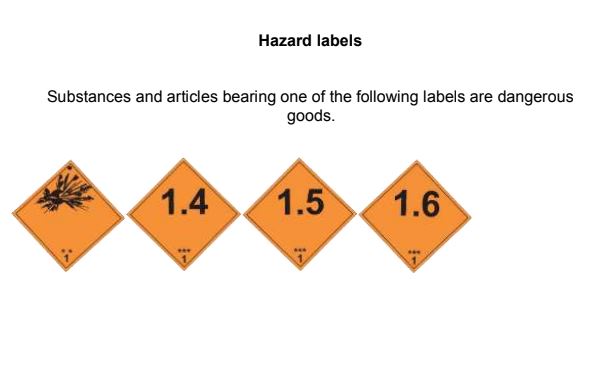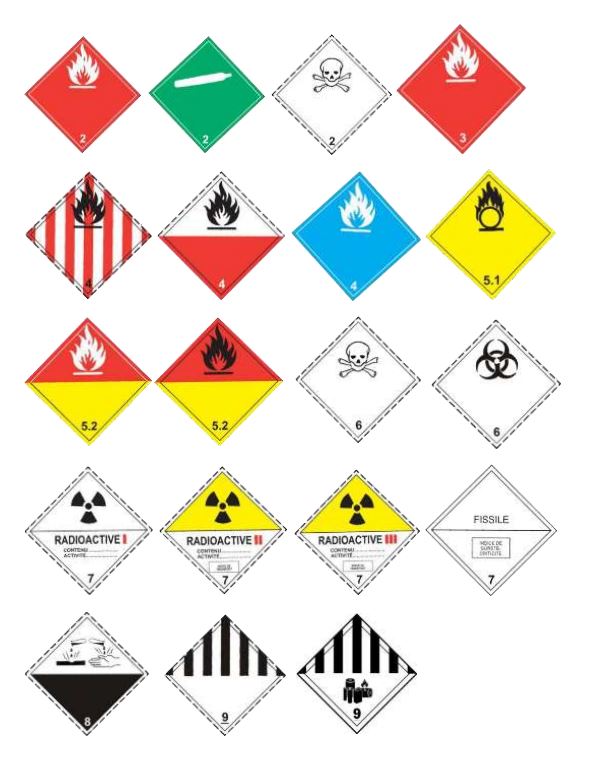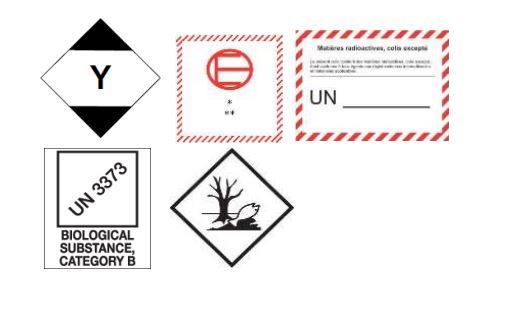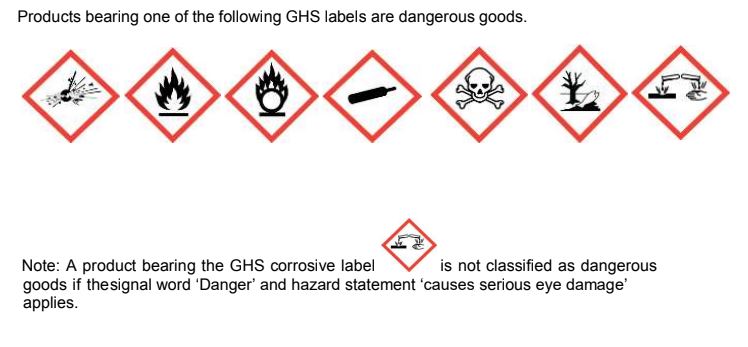Common Forms as Dangerous Goods?
Sponsored Article by Dr. N. Venkataraman
The official definition of Dangerous Goods (DG) is “Articles or substances which are capable of posing a hazard to health, safety, property or the environment”
We carry them, store them or use them, often in our daily activity, in the personal or professional life. In flight, these items are subject to temperature, pressure, vibration, acceleration which can be very different than the conditions of storage or use at home. In order to take into account this specific environment and ensure the safety of the flight, the regulation introduces limitations or prohibitions for the transport of these items.
Many common items used every day in the bathroom, kitchen, garage or at work may seem harmless, however, due to their physical and chemical properties they can be very dangerous when transported by air. Check-in staff and security screeners should seek confirmation from a passenger about the contents of any item where there are suspicions that it may contain dangerous goods.
There is a wide range of dangerous goods, some of them being very familiar to our commoners and includes detergents, lacquers, paints, gasoline, perfumes, aerosols, lithium cells or batteries.
Let us examine some of the most common items that we think are not classified as DG. Examples of substances and articles which may contain dangerous goods:
- Interestingly, due to oil content, Copra (dried coconut meat inside the coconut shell) is classified as Dangerous Goods, Class 4.2 (substances liable to spontaneous combustion). IMDG Code describes Copra as Dried kernels of coconuts, with a penetrating rancid odour which may taint other cargoes. It’s forbidden either as hand luggage or in checked-in luggage. It is for the same reason, Nitesh, and Ghee are neither allowed in hand bag nor in checked-in. Imperfectly dried copra, or that which is shipped wet, is liable to deteriorate in the course of the voyage when carbonic acid and carbonic gases are generated.
- Although, hand sanitizer, is a flammable liquid due to its alcohol content, it has been decided that passengers boarding an aircraft will be allowed to carry in his/her hand baggage or in
his/her cabin baggage liquid hand sanitiser up to 350 ml,” - Frozen fruit, vegetables, etc..may be packed in dry ice (solid carbon dioxide), which may be classified as DG.
- Frozen embryos, Semen samples and Vaccines when shipped or stored may be packed in dry ice (solid carbon dioxide) which may be classified as DG.
- Camping equipment may contain flammable gases (butane, propane, etc.), flammable liquids (kerosene, gasoline, etc.), or flammable solids (hexamine, matches, etc.), which may be classified as DG.
- Pharmaceuticals ingredients and forulations/tablets may contain items having some of the criteria for dangerous goods, particularly radioactive material, flammable liquids, flammable solids, oxidizers, organic peroxides, toxic or corrosive substances, which may be classified as DG.
- Tool boxes typically may contain explosives (power rivets), compressed gases or aerosols, flammable gases (butane cylinders), flammable adhesives or paints, corrosive liquids, etc.
- Electrical equipment and Electrically powered apparatus (wheelchair, lawn mowers, golf carts, etc.) — May contain wet batteries may contain magnetized materials, mercury in switch gear,
electron tubes or wet batteries. - Scientific instruments may conceal barometers, manometers, mercury switches, rectifier tubes, thermometers, etc., containing mercury may be classified as DG.
- Automobile parts (car, motor, motorcycle) may include engines, carburettors or fuel tanks that contain or have contained fuel, wet batteries, compressed gases in tire inflation devices and
fire extinguishers, air bags, etc may be classified as DG
In general, discuss and obtain information as whether they are classified as DG. Accordingly, labelling, storage and shipping requirements need to be met.
Hazard classes/divisions
The designation of a hazard class (or division) means the presence of dangerous goods.
Class 1 – Explosives
Division 1.1: Substances and articles which have a mass explosion hazard
Division 1.2: Substances and articles which have a projection hazard but not a massexplosion hazard
Division 1.3: Substances and articles which have a fire hazard and either a minor blast, hazard or a minor projection hazard or both, but not a mass explosion hazard
Division 1.4: Substances and articles which present no significant hazard
Division 1.5: Very insensitive substances which have a mass explosion hazard
Division 1.6: Extremely insensitive articles which do not have a mass explosion hazard
Class 2 – Gases
Division 2.1: Flammable gases
Division 2.2: Non-flammable, non-toxic gases
Division 2.3: Toxic gases
Class 3 – Flammable liquids
Class 4 – Flammable solids, substances liable to spontaneous combustion, substances which, incontact with water, emit flammable gases
Division 4.1: Flammable solids, self-reactive and related substances and solid desensitized explosives and polymerizing substances
Division 4.2: Substances liable to spontaneous combustion
Division 4.3: Substances which, in contact with water, emit flammable gases
Class 5 – Oxidizing substances and organic peroxides
Division 5.1: Oxidizing substances
Division 5.2: Organic peroxides
Class 6 – Toxic and infectious substances
Division 6.1: Toxic substances
Division 6.2: Infectious substances
Class 7 – Radioactive material
Class 8 – Corrosive substances
Class 9 – Miscellaneous dangerous substances and articles including environmentally hazardous substances




